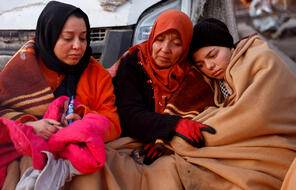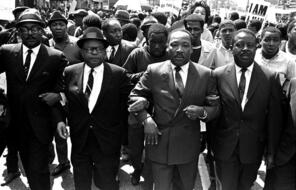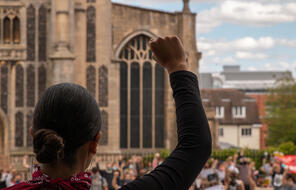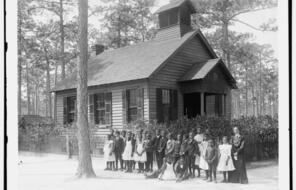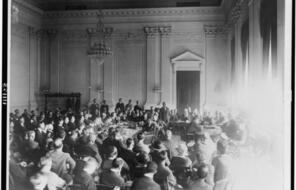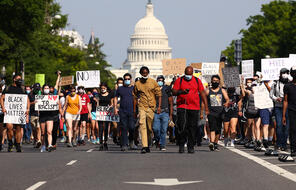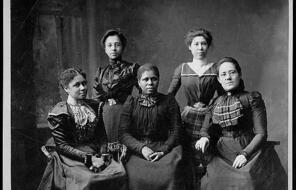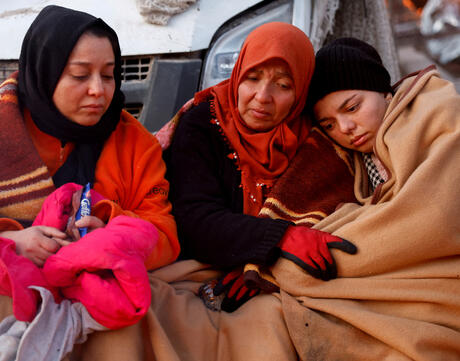
Responding to the Earthquake in Turkey and Syria
At a Glance
Language
English — USSubject
- Social Studies
Grade
6–12- Human & Civil Rights
- Democracy & Civic Engagement
Overview
About This Mini-Lesson
Before dawn on February 6, 2023, a 7.8 magnitude earthquake hit Turkey and Syria, with devastating impacts on the people living in the affected regions. The initial earthquake was followed by a series of aftershocks, including another 7.5 magnitude quake. This mini-lesson helps students learn about who is impacted by the earthquake and what individuals, organizations, and governments can do to help. An extension activity explores the choices people make in times of crisis. Each activity can be used on its own or taught in any combination best suited to your students.
Activities
Activities
Extension Activities
Materials and Downloads
Quick Downloads
Download the Files
Resources from Other Organizations
Unlimited Access to Learning. More Added Every Month.
Facing History & Ourselves is designed for educators who want to help students explore identity, think critically, grow emotionally, act ethically, and participate in civic life. It’s hard work, so we’ve developed some go-to professional learning opportunities to help you along the way.
Exploring ELA Text Selection with Julia Torres
On-Demand

Working for Justice, Equity and Civic Agency in Our Schools: A Conversation with Clint Smith
On-Demand

Centering Student Voices to Build Community and Agency
On-Demand


